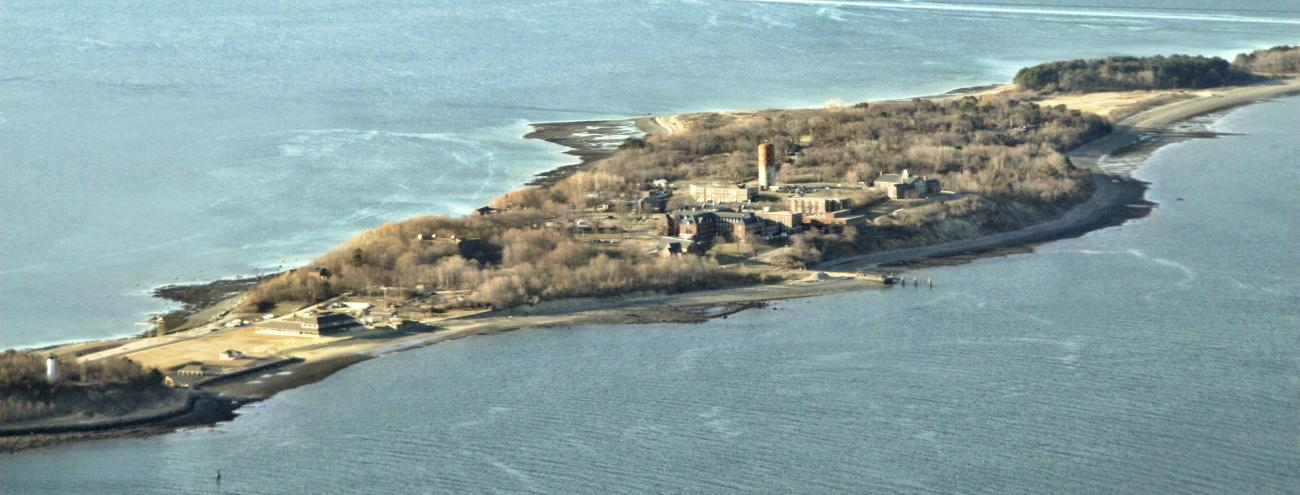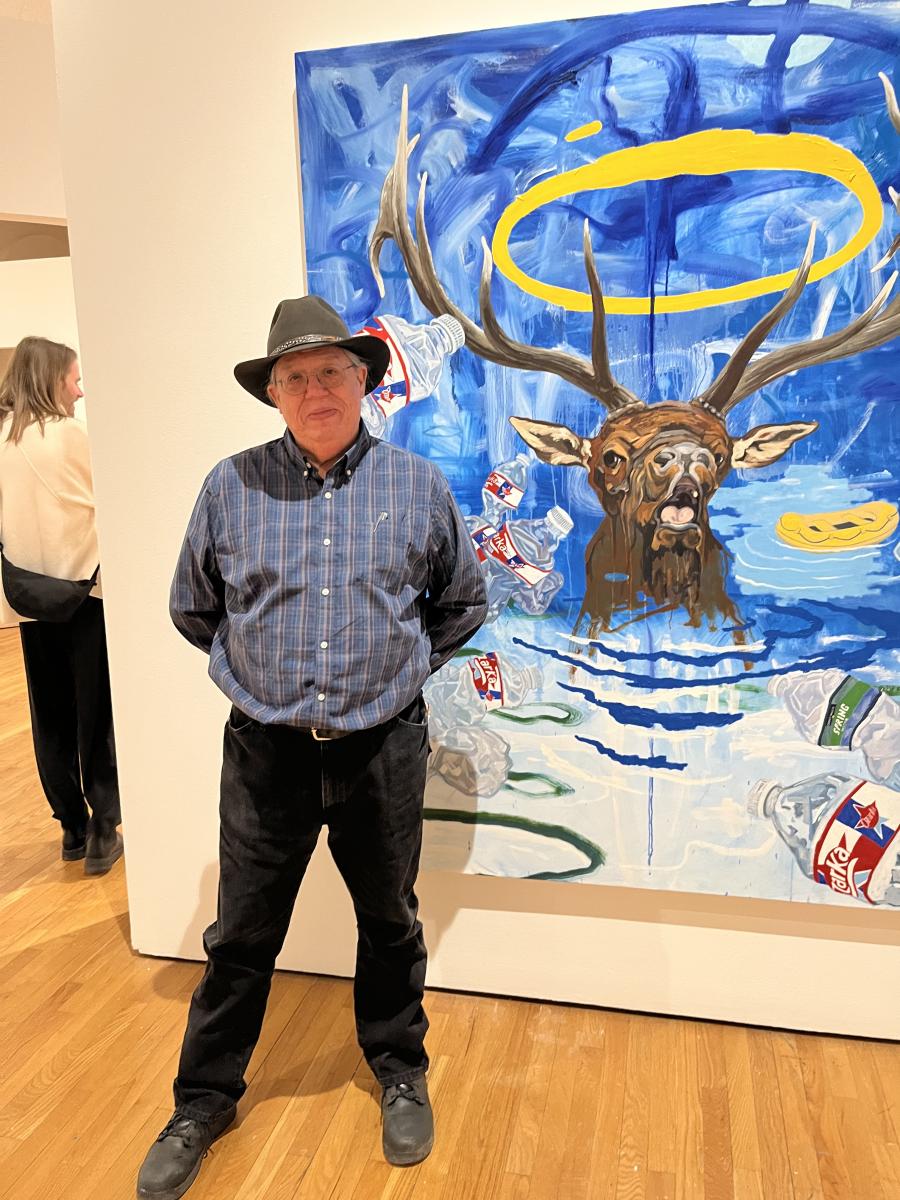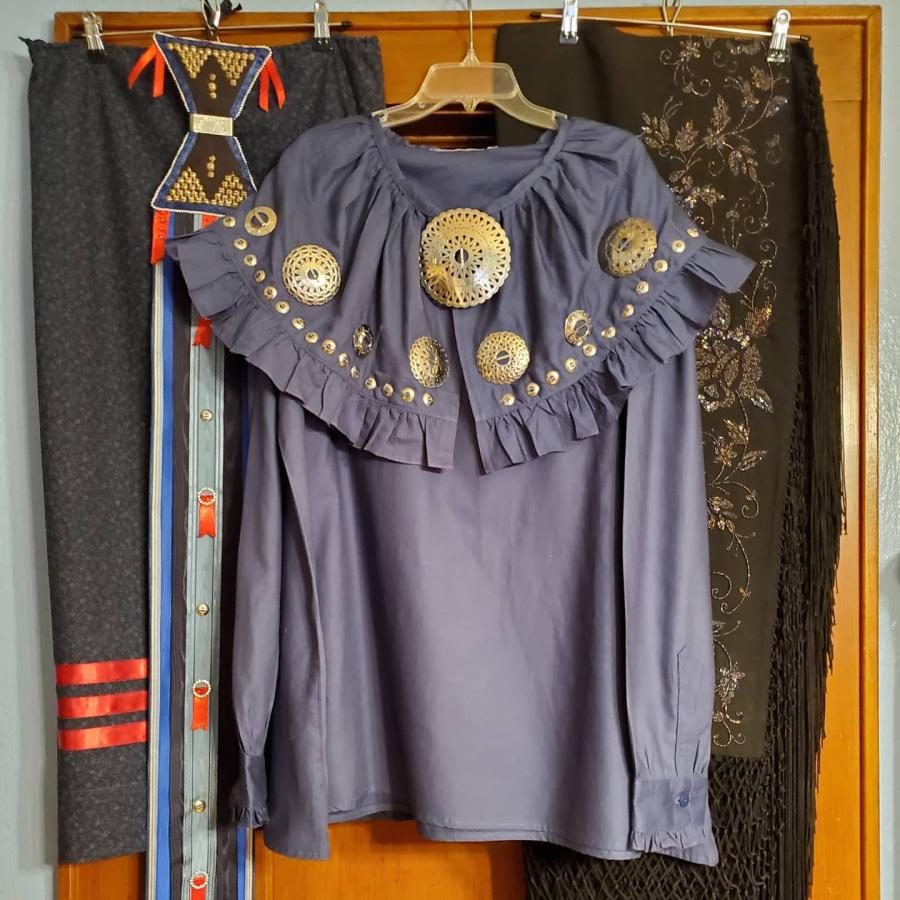
Nestled amongst the beauty of Boston’s historic coastline lies an intensifying disagreement over Long Island, one of the 34 islands comprising Boston Harbor Islands National and State Park, part of the U.S. National Register of Historic Places, and, less well known, the site of a former concentration camp and Native burial ground.
In 2014, a 3,400-foot bridge connecting Long Island to Quincy’s Moon Island was closed down and demolished due to structural degradation. In 2018, Boston Mayor Marty Walsh announced his $92 million project to rebuild the bridge by 2021 and construct a drug treatment center and recovery campus on Long Island. The City of Quincy contests the construction of a new bridge and is fighting to prevent the project’s implementation, claiming that a new bridge will increase traffic.
Lesser known to the public are the Native American Tribes who share an important stake in the outcome of this battle. The genocide, ethnic cleansing, and colonial policies wreaked upon Indigenous Peoples is often breezed over in history class. King Philip’s War (1675-1676) is taught as the last major effort by the Indians of southern New England to drive out the English settlers when Pokunoket chief Metacom (King Philip) united Tribes in the area in attacks against the New England settlers. Metacom was defeated and executed and so concludes the chapter in history textbooks. Little is taught in regards to how the Native American population was treated leading up to and in the aftermath of the war, nor the Native perspective of the story.
Beginning in the latter half of 1675 English settlers governing the Massachusetts Bay Colony forcibly relocated Native civilians, whom they saw as a threat in the climate of war, to islands in the Boston Harbor. Recognized today as concentration camps, current historical research estimates that between 500 and 1,100 Native people were forced onto the islands. These numbers remain low as colonists at the time of relocation only documented Christian Native people and not communities that refused to convert but were also displaced with their Christian counterparts.
During the first winter on the islands, hundreds of Native people perished from starvation and exposure to extreme temperatures. The Massachusetts Bay Colony records of 1675-1686 reveal that the majority of Indigenous people forced onto the islands were women and children. Men were exploited for “service of the country” (volume 5 page 86). If the Native persons attempted to leave the islands and return to the mainland, settlers were encouraged to “kill and destroy them as they best may or can.”
Among the islands used as a concentration camp was Long Island. Local and regional Native American Tribes and First Nations retain a vested interest in having a say in what happens on these sacred grounds. Ideally, they wish to protect Long Island as a Native burial ground and memorial of the acts of genocide committed in the 1670s.
For decades, the Muhheconneuk Intertribal Committee on Deer Island (MICDI) and the Muhheconnew National Confederacy (MNC), with the support of the North American Indian Center of Boston (NAICOB), have attempted to work with the City of Boston to memorialize the Harbor Islands as well as protect burial sites from infrastructural projects. Their fight for recognition took formal shape in 1991 when the coalition publicly sought approval from the Massachusetts Water Resource Authority (MWRA) to be informed of construction occurring on Deer Island – a harbor island near Long Island that also served as an internment camp for Native people following King Philip’s War. Tribes further requested the authority to conduct their own archeological survey of Deer Island.
Collaboration between Tribes and state bodies over the past 30 years has fluctuated in its degree of success. In 1985, the Environmental Protection Agency’s Public Archeology Laboratory partnered with the University of Massachusetts Boston to conduct an archeological survey of both Long Island and Deer Island prior to the construction of a wastewater treatment facility on Deer Island. The survey results concluded that Deer Island yielded “no potential significant prehistoric or historic period cultural resources.” The report also established that while “cultural resources may have survived in the area as remnants it is not likely that they would have retained sufficient integrity to meet normal standards of significance.” “Normal standards of significance’’ and according to whom, was not defined.
When construction began on Deer Island in the early 1990s it appeared that the MWRA would work with the Tribes to erect a memorial on the island as well as grant them the right to conduct their own archeological survey. The Muhheconneuk Intertribal Committee on Deer Island revealed, however, that in 1994 the MWRA backed out of these agreements and began to move soil, from Deer Island, including human remains, and dumped it into the Quincy Quarry.
The 1985 archeological survey of Long Island did however yield results necessary to garner historical preservation. The report disclosed that “Long Island is considered to be a significant complex of prehistoric and historic period cultural resource much of which may be eligible for inclusion in the National Register" of historic places.
In the late 1990s, Tribes began to gain traction in their efforts to receive proper recognition of the atrocities committed against Native Americans on the Harbor Islands. The Muhheconnew National Confederacy and the City of Boston partnered in 1996 to host a commemoration on Long Island of Proclamation Day, August 30,1675 in remembrance of the internment of Native Americans and suspension of their civil liberties.
Boston Harbor Islands National Park was also founded in 1996. The MICDI and the MNC worked jointly with the City of Boston and the National Park Service to draft policy aimed at preserving the historical significance of the Harbor Islands as well as protecting the burial grounds. While collaboration between groups appeared progressive in the initial years of the park’s creation the MICDI and MNC later found many of their efforts blocked and initiatives halted by administrative bureaucracy and governmental apathy.
After enduring years of fruitless negotiations with state institutions, today the plans for bridge construction offers a new challenge and opportunity to address the native burial grounds on Long Island. The MICDI and MNC, with the support of the North American Indian Center of Boston, have opened dialogue with the City of Boston to ensure that the burial grounds and surrounding land containing historically poignant artifacts will remain preserved and untouched by possible construction.
Tribal organizations were confronted by another setback, however, on October 2, 2018 when the Committee on Planning, Development, and Transportation and Committee on Homelessness, Mental Health, and Recovery held a “joint hearing to discuss the current status of plans for the new bridge.” While third party organizations were permitted to provide testimony neither the MICDI, MNC, nor NAICOB received an invitation to attend the hearing. The Tribes lamented the passage of a vital opportunity to contribute input due to the city’s failure to inform and consult Tribal representative bodies of the hearing’s formation.
The Muhheconneuk Intertribal Committee on Deer Island published a written testimony on October 16, 2018, in response to their unintended absence at the October 2 hearing. The MICDI maintains that while it has not yet taken a stance on the construction of a new bridge, it remains imperative that Tribes be informed and consulted on future policy decisions by both the Boston and Quincy governments.
On Monday April 1, 2019 a hearing was held at Quincy City Hall for the purpose of allowing the Muhheconneuk Intertribal Committee on Deer Island and the North American Indian Center to share the dark history that took place on the Harbor Islands, voice potential concerns regarding the construction of a new bridge, and propose solutions to preserve Long Island’s burial grounds. Testimony of the president of the North American Indian Center of Boston’s board president Jean-Luc Pierite resonated powerfully when he declared, “These aren’t just bones in the soil. They have names that are attached to them.”
The question of development on Long Island provides an opportunity for us to reckon with a dark history in a public way and educate our fellow citizens about the rich cultures and histories of local Native American Tribes. The cities of Quincy and Boston are required to adhere to international human rights standards enshrined in the UN Declaration on the Rights of Indigenous Peoples, endorsed by the United States in 2007, when engaging with the human remains that exist on Long Island, and can take this opportunity to engage Tribes in the area with the goal of seeking their free, prior and informed consent before any further projects take place that will affect these important historical sites. It is important to actively seek participation from and include local Tribes in any decision making that involves the remains of their ancestors.



